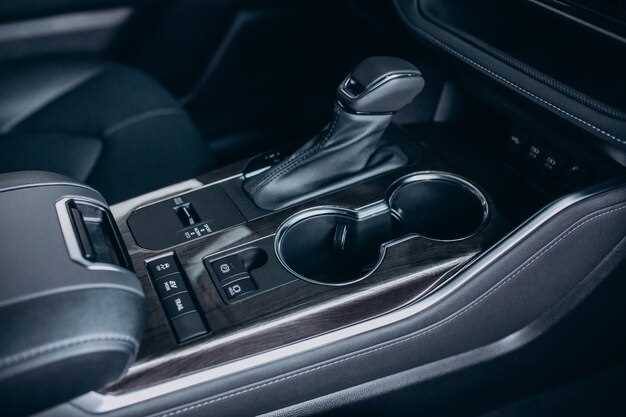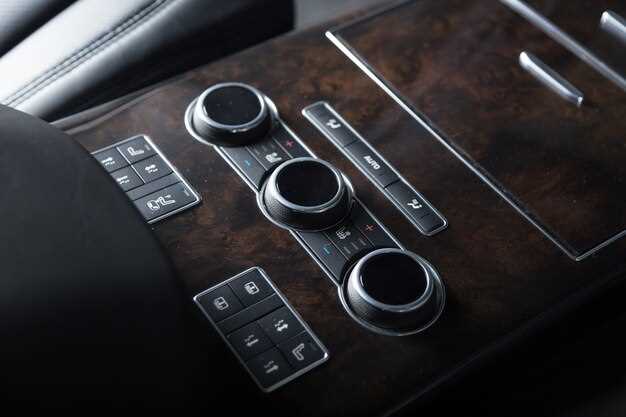
Luxury European cars are renowned for their advanced technology, superior comfort, and exceptional performance. However, the complex electrical systems that power these vehicles often create challenges, particularly when it comes to the wiring harness. A wiring harness is an assembly of electrical cables and connectors that facilitate communication and power distribution within the vehicle. Unfortunately, issues with the wiring harness can lead to a myriad of problems that compromise both functionality and safety.
One common issue encountered in luxury European cars is insulation deterioration. Over time, exposure to heat, moisture, and various elements can cause the insulation around wires to crack or wear away. This degradation can result in short circuits, electrical failures, and potential fire hazards. Furthermore, damaged insulation may expose wires to corrosion, exacerbating the problem and leading to more severe electrical malfunctions.
Another prevalent problem is the connector failure resulting from poor connections or physical wear. As vehicles age, connectors can loosen, corrode, or become damaged, leading to intermittent connections. These disruptions can manifest as erratic electrical behaviors, such as malfunctioning lights or erratic sensor readings, negatively impacting vehicle performance and driver experience. Identifying and addressing these connector issues promptly is crucial to maintaining the integrity of the vehicle’s electrical system.
In addition to these problems, wiring harnesses in luxury vehicles may suffer from design flaws or manufacturing defects. Such issues can create vulnerabilities within the electrical system, making it susceptible to failure under typical operating conditions. As the complexity of vehicle technology continues to evolve, understanding these common wiring harness problems becomes increasingly vital for both owners and automotive professionals to ensure optimal performance and safety.
Identifying Signs of Wiring Harness Damage in European Vehicles

The wiring harness is a critical component in luxury European cars, responsible for connecting various electrical systems. Detecting signs of damage early can prevent costly repairs and ensure the vehicle operates smoothly. Here are the key indicators to watch for:
- Dashboard Warning Lights: Frequent illumination of warning lights, particularly for systems like braking, engine, or battery, may indicate wiring issues.
- Electrical Malfunctions: Problems such as malfunctioning windows, inconsistent power to the audio system, or non-responsive lighting can be symptoms of a damaged wiring harness.
- Unusual Odors: A burnt or acrid smell while operating the vehicle may suggest overheating wires, a sign of damage or insulation failure.
- Visual Inspection: Check for frayed wires, corrosion at connectors, or exposed conductors when inspecting the engine bay and under-car wiring.
- Intermittent Issues: Unpredictable electrical performance, where functions work sporadically, can indicate loose or damaged connections within the harness.
To conduct a thorough assessment:
- Perform a Visual Examination: Look for any obvious signs of wear, damage, or exposure.
- Use a Multimeter: Testing continuity can help identify breaks or shorts in the wiring harness.
- Listen for Strange Noises: Any unusual sounds when activating electrical components may point to issues within the wiring.
Addressing these signs promptly can save both time and money, ensuring that luxury European cars remain reliable and safe to drive.
Common Causes of Wiring Harness Failures in Luxury Cars
Wiring harness failures in luxury cars can stem from a variety of issues that compromise electrical connectivity and overall vehicle performance. One significant cause is environmental exposure. Luxury vehicles often have complex wiring systems that are routed through areas susceptible to moisture, heat, and chemicals, which can lead to insulation degradation and corrosion over time.
Another common issue is mechanical stress. Wiring harnesses are designed to withstand some level of movement, but repeated bending, vibration, or improper routing can cause wear and tear. In luxury cars, where precision engineering is paramount, any sudden jolt or shock can result in broken connectors or frayed wires.
Manufacturing defects can also contribute to harness failures. Poor quality control during production can result in improperly crimped connections or inadequate insulation, leading to early wear. Additionally, the use of substandard materials can significantly enhance susceptibility to electrical failures.
Overloading circuits is another frequent cause of wiring harness issues. Luxury vehicles come equipped with numerous electronic features that could overwhelm the system if not properly balanced. Excessive current can lead to overheating and potentially damage critical components within the harness.
Lastly, improper installation or modifications can lead to wiring harness problems. When aftermarket components are added without considering the original wiring layout, it can create conflicts that result in failures. Ensuring proper installation by qualified technicians is crucial to maintaining the integrity of the wiring system.
Steps for Repairing and Maintaining Wiring Harness Systems

Proper maintenance and repair of wiring harness systems in luxury European cars are crucial for ensuring vehicle reliability and performance. Follow these steps to effectively manage these systems:
1. Visual Inspection: Begin with a thorough visual inspection of the wiring harness. Look for signs of wear, fraying, or corrosion on connectors and wires. Check for any loose connections or damaged insulation that could lead to electrical faults.
2. Clean Connections: Use a contact cleaner to remove dirt and corrosion from connectors. Ensure that all connectors are clean and dry before reassembling them. This helps improve electrical conductivity and prevents future issues.
3. Repair Damaged Wires: If you notice any damaged wires, cut out the affected sections and replace them with new wire of the same gauge. Use high-quality solder or crimp connectors to ensure a secure and reliable connection. Always insulate repairs with heat-shrink tubing or electrical tape to prevent exposure.
4. Check Ground Connections: A faulty ground can cause various electrical problems. Inspect all ground connections for tightness and corrosion. Clean any corroded points and ensure that ground wires are securely attached to the chassis.
5. Test Electrical Systems: After completing repairs, systematically test all electrical systems connected to the wiring harness. Use a multimeter to check for continuity and voltage at various points. Verify that all components are functioning correctly and that there are no short circuits.
6. Regular Maintenance: Implement a regular maintenance schedule that includes periodic inspections of the wiring harness. This proactive approach will help identify potential issues before they escalate into major problems.
7. Use Quality Materials: Always source high-quality wires, connectors, and insulating materials when making repairs. Substandard parts can lead to future failures and impact the overall performance of the vehicle.
8. Document Repairs: Keep detailed records of all repairs and maintenance performed on the wiring harness. Documenting the history helps track recurring issues and informs future work needed on the electrical systems.
By following these steps, you can effectively repair and maintain the wiring harness systems in luxury European cars, ensuring their longevity and reliable performance.




